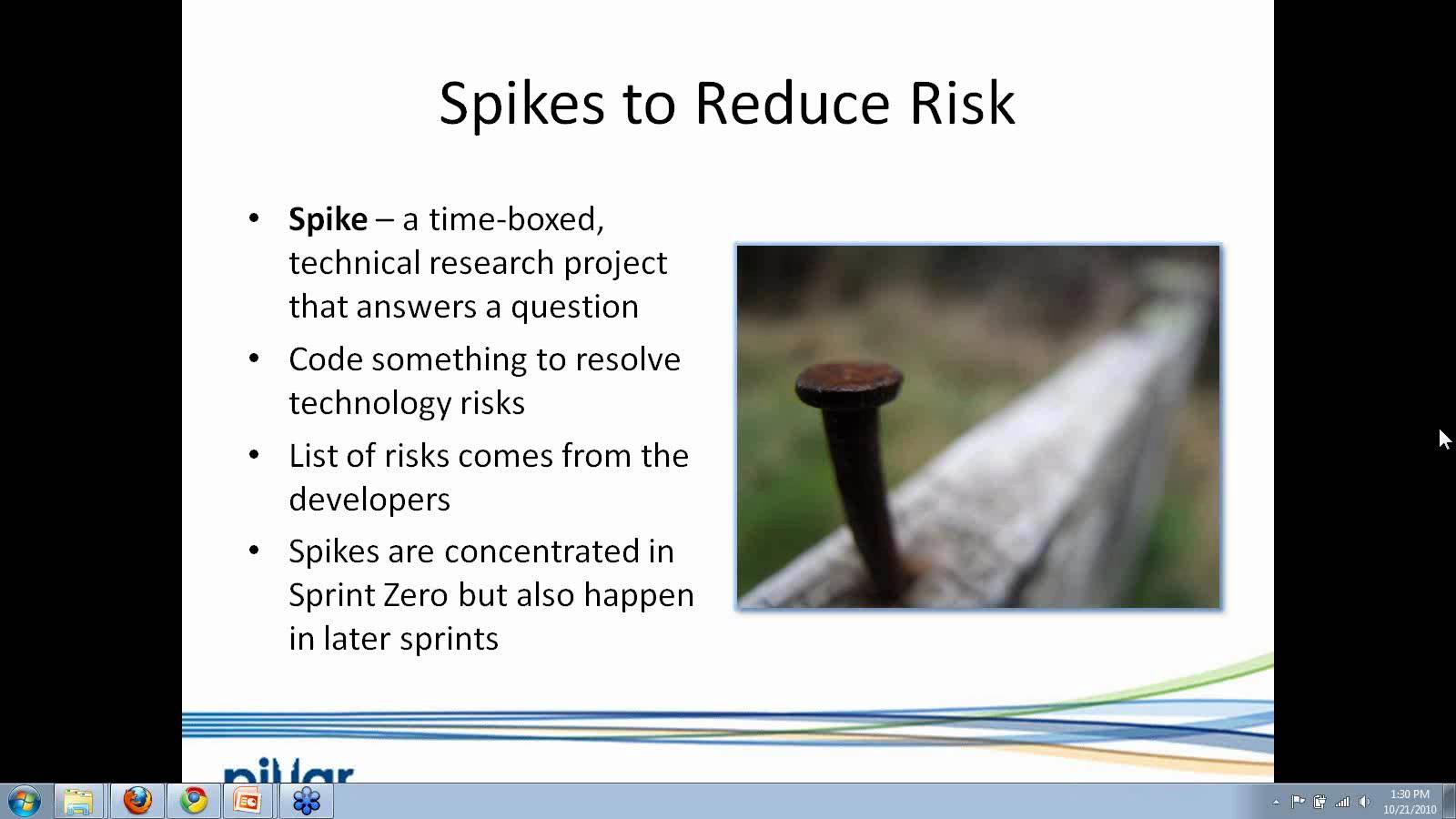Even if the Scrum daily stand-up meeting isn’t a status report, it is often easy for team members to slip into a pattern of providing status-related information. In this article, Eric King proposes different techniques that you can integrate in your daily stand-up meting to get more value out of it, setting a positive tone for the daily activities as people grow both as individuals and as a team. These techniques are Speed Scrum, Pass-the-Conch Scrum, Time-Box Scrum, Challenge Scrum, Impediments-Only Scrum, Award Scrum, Business Value-Focused Scrum, No-Board Scrum, Whiteboard Scrum and Buddy Scrum. Being able to overcome and adapt lies at the core of Scrum team. The stand-up is an essential part of our Agile/Scrum process, but team members should constantly seekg new ways to challenge each other. Even if you still use the proven stand-up approach, you can have great success in periodically spicing it up with the methods above. You will get the job done, but you will also find that a little laughter at the beginning of the day can set a great tone.





